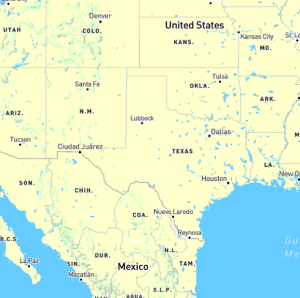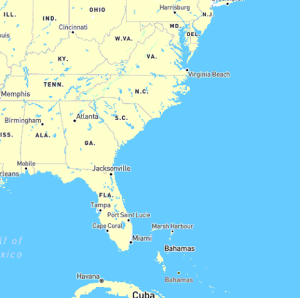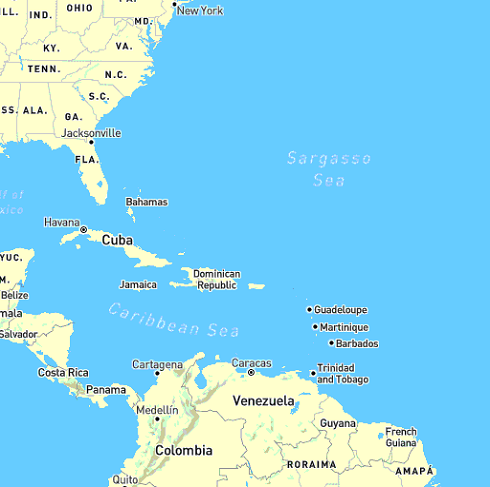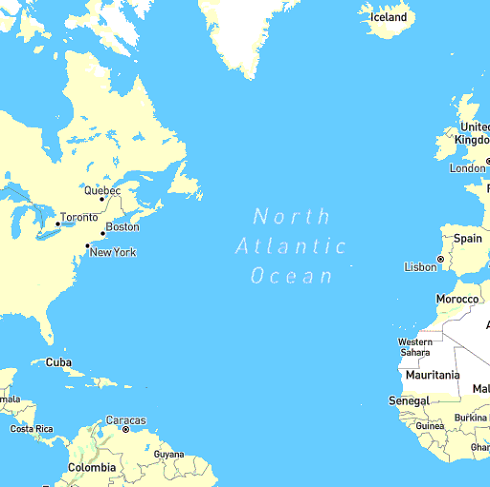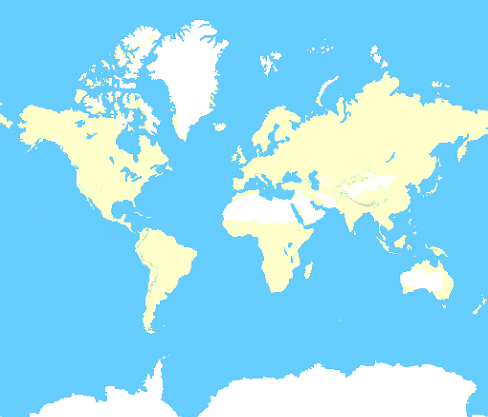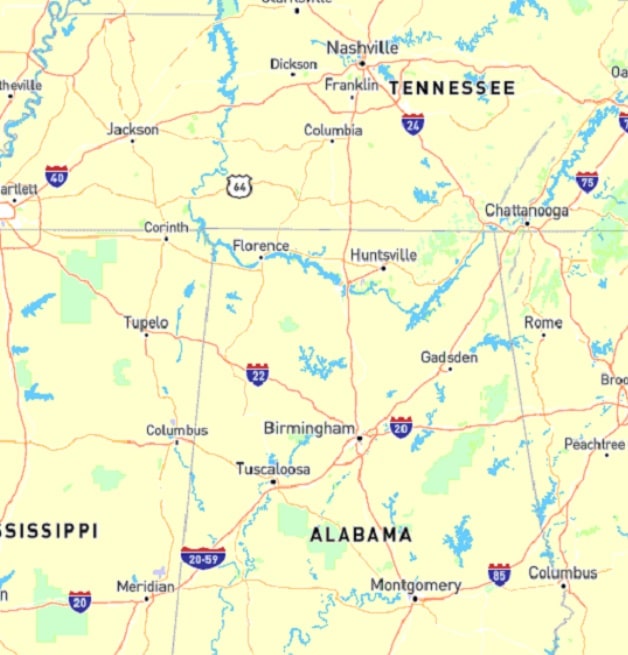Lafayette, Indiana vs Noblesville, Indiana Population and Size Compared
Lafayette and Noblesville are two notable cities in Indiana, each contributing to the state’s cultural and economic landscape. While both cities offer unique attributes and a high quality of life, they differ in size, population, and community offerings. This article provides an in-depth comparison of Lafayette and Noblesville, exploring various aspects to help residents and visitors understand the nuances of these two cities.
Geographic Overview
Lafayette, Indiana
- Location: Lafayette is situated in the northwestern part of Indiana, along the Wabash River. It serves as the county seat of Tippecanoe County.
- Area: Lafayette covers an area of approximately 29.5 square miles (76.4 km²), making it a relatively compact city with a mix of urban and suburban characteristics.
- Topography: The city features a flat landscape with scenic parks and recreational areas, including riverfront spaces that enhance its natural beauty.
Noblesville, Indiana
- Location: Noblesville is located in the central part of Indiana, situated northeast of Indianapolis. It serves as the county seat of Hamilton County.
- Area: Noblesville covers an area of approximately 32.1 square miles (83.2 km²), slightly larger than Lafayette in terms of land area.
- Topography: Noblesville features a mix of flat terrain and rolling hills, with numerous parks, lakes, and recreational facilities that provide residents with outdoor activities.
Size Comparison
In terms of area, Noblesville is slightly larger, covering approximately 32.1 square miles, compared to Lafayette’s 29.5 square miles. This size difference provides Noblesville with more space for parks, residential developments, and community amenities.
Population Statistics
Lafayette
- Population: According to the 2020 Census, Lafayette had a population of approximately 73,000 residents, making it one of the larger cities in Indiana.
- Demographics: Lafayette’s population is diverse, with a mix of families, students, and professionals. The presence of Purdue University in nearby West Lafayette contributes to a significant student population.
Noblesville
- Population: As of the 2020 Census, Noblesville had a population of around 66,000 residents. The city has experienced steady growth, largely due to its appeal as a suburban community near Indianapolis.
- Demographics: Noblesville is known for its family-friendly atmosphere and diverse community, attracting families and professionals seeking a suburban lifestyle while remaining close to urban amenities.
Population Comparison
Lafayette has a slightly larger population, with approximately 73,000 residents, compared to Noblesville’s 66,000. This population difference reflects Lafayette’s status as a larger urban center, influenced by its proximity to higher education institutions.
Historical Context
Lafayette
- Establishment: Lafayette was founded in 1825 and named after the Marquis de Lafayette, a French general who played a significant role in the American Revolutionary War. The city has a rich history tied to agriculture and industry.
- Economic Development: Historically, Lafayette has been an industrial hub, with manufacturing and education playing significant roles in its economic development.
Noblesville
- Establishment: Noblesville was established in 1823 and was originally known as “Noblesville” in honor of James Noble, one of the area’s early settlers. The city has a rich history rooted in agriculture and commerce.
- Economic Development: Noblesville has transitioned from a rural town to a growing suburban community, with significant residential and commercial development over the past few decades.
Educational Opportunities
Lafayette
- Schools: Lafayette is served by the Lafayette School Corporation, which includes several elementary, middle, and high schools known for their academic performance and extracurricular programs.
- Higher Education: Lafayette is located near Purdue University, a major research institution that offers a wide range of undergraduate and graduate programs, attracting students from across the nation and beyond.
Noblesville
- Schools: Noblesville is served by the Noblesville Schools district, which includes several highly rated elementary, middle, and high schools known for their academic excellence and student support.
- Higher Education: While Noblesville does not have a major university, it is within commuting distance of several higher education institutions in the Indianapolis area, providing residents with access to various educational opportunities.
Economic Conditions
Lafayette
- Economy: Lafayette’s economy is diverse, with major industries including manufacturing, education, healthcare, and retail. The presence of Purdue University significantly influences the local economy, contributing to job growth and innovation.
- Job Market: The job market in Lafayette offers various employment opportunities, particularly in education, healthcare, and manufacturing sectors, making it an attractive location for job seekers.
Noblesville
- Economy: Noblesville has a growing economy driven by manufacturing, retail, healthcare, and technology sectors. The city’s suburban environment attracts various businesses and industries, contributing to its economic development.
- Job Market: The job market in Noblesville offers diverse employment options, particularly in retail, healthcare, and professional services, making it an appealing destination for job seekers.
Community Life and Culture
Lafayette
- Community Events: Lafayette is known for its vibrant cultural scene, hosting events like the Lafayette Farmers Market, Cultural Arts Festival, and Purdue University events that celebrate local arts and culture.
- Parks and Recreation: The city features numerous parks, recreational facilities, and riverfront areas, providing residents with ample opportunities for outdoor activities and community engagement.
Noblesville
- Community Events: Noblesville hosts various community events throughout the year, including the Noblesville Street Dance, Summer Concert Series, and seasonal festivals that foster community spirit and engagement.
- Parks and Recreation: The city has numerous parks, trails, and recreational facilities, offering residents various opportunities for outdoor activities and family-friendly events.
Transportation
Lafayette
- Transportation Network: Lafayette has a well-developed transportation infrastructure, including major highways like Interstate 65 and U.S. Route 52. Public transportation is provided by the CityBus, serving local and surrounding areas.
- Commute: Many residents commute within the city and to nearby areas for work, and the city’s layout allows for easy navigation and access to amenities.
Noblesville
- Transportation Network: Noblesville is served by several major highways, including Interstate 69 and State Road 37, facilitating access to the broader Indianapolis area. Public transportation options are limited, but local services are available.
- Commute: The city’s transportation infrastructure supports commuting to nearby urban centers, making it convenient for residents who work in Indianapolis while enjoying a suburban lifestyle.
Conclusion
In conclusion, Lafayette and Noblesville are two distinct cities in Indiana, each offering unique characteristics and opportunities. Lafayette is known for its larger size, diverse economy, and proximity to Purdue University, while Noblesville is recognized for its family-friendly atmosphere, growing suburban community, and community engagement.
Both cities provide a range of amenities, educational opportunities, and community engagement options for residents. Understanding their differences and similarities can help individuals make informed decisions about where to live, work, and explore.
Whether one is drawn to Lafayette’s vibrant cultural scene and educational opportunities or Noblesville’s suburban charm and community spirit, both cities offer valuable experiences for those seeking to establish their lives in Indiana.
Lafayette, Indiana vs Noblesville, Indiana Map
Check out the map below to see where these cities are located, and click on the pins to see their populations.
